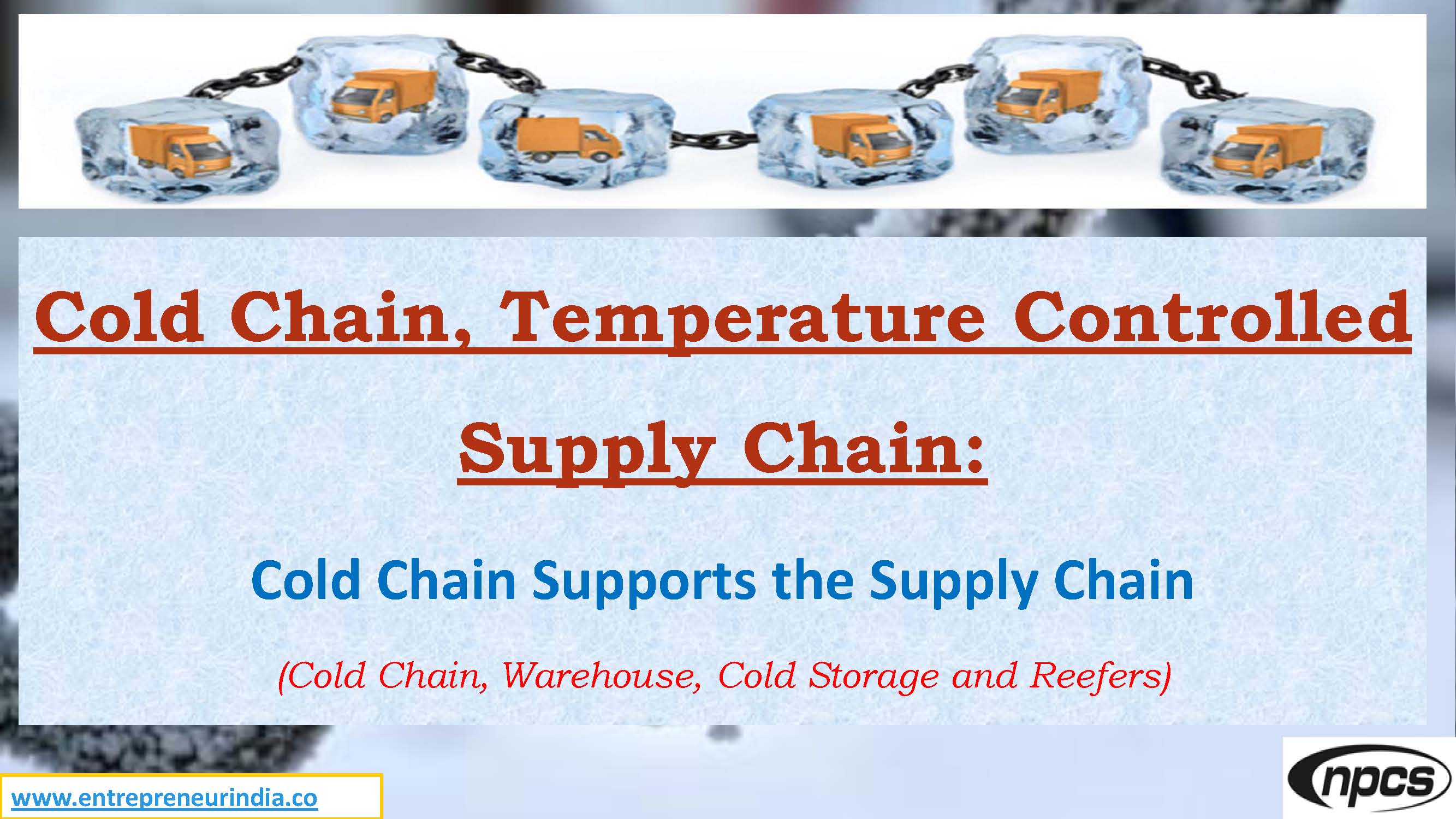
With the expansion of e-commerce, pharma, food processing, and global trade, maintaining product integrity during transportation is more critical than ever. This has given rise to the demand for reliable Cold Chain and temperature-controlled logistics solutions. From preserving vaccine potency to ensuring food freshness, these logistics systems prevent spoilage and degradation across supply chains. Moreover, with consumers expecting quality and safety, businesses investing in Cold Chain infrastructure are gaining a significant competitive edge.
Cold Chain & Temperature-Controlled Logistics Solutions
The Cold Chain refers to a temperature-controlled supply chain involving storage, handling, and transportation of perishable goods under regulated conditions. This includes not only refrigerated trucks but also cold storage warehouses, ripening chambers, freezers, and digital monitoring tools. A well-managed Cold Chain ensures that products like dairy, meat, seafood, pharmaceuticals, and fresh produce retain their quality from origin to consumption.
As urban demand rises and rural markets become more connected, cold logistics serve as the backbone of modern supply systems. Moreover, government support and new-age technology integration have further accelerated opportunities in this sector.
Read Also :Circular Loom Woven Sack
Components of a Cold Chain System
Building a reliable Cold Chain involves a combination of infrastructure, vehicles, and monitoring systems:
-
Cold storage warehouses (ambient, chilled, frozen, or ultra-low temp)
-
Refrigerated transport (reefer vans, trucks, and containers)
-
Packaging solutions (insulated boxes, gel packs, dry ice)
-
Monitoring tools (IoT sensors, GPS, temperature loggers)
-
Control systems (cloud platforms for real-time visibility)
Moreover, integration with ERP and logistics software allows better coordination and responsiveness throughout the supply network.
Applications Across Sectors
Multiple industries rely on cold logistics to maintain compliance, safety, and shelf life:
-
Food & Beverages: Fruits, vegetables, dairy, ice cream, seafood, frozen foods
-
Pharmaceuticals: Vaccines, blood, insulin, biologics
-
Agriculture: Floriculture, seeds, processed foods
-
Retail & E-commerce: Online grocery, meal kits, fresh meat delivery
-
Hospitality & Catering: Hotels, restaurants, and flight kitchens
Moreover, export-oriented businesses in food processing and life sciences use Cold Chain systems to meet global standards.
Business Models in Cold Chain Logistics
Entrepreneurs can explore multiple business opportunities within this domain:
-
Reefer transport fleet services
-
Cold warehouse leasing
-
Third-party logistics (3PL) cold chain solutions
-
On-demand cold storage (hub and spoke model)
-
Cold Chain packaging and supply services
-
Integrated farm-to-fork logistics networks
Moreover, startups offering tech-enabled temperature tracking and delivery optimization tools are gaining investor interest.
Investment & Profitability
Setting up a Cold Chain venture involves significant upfront investment but offers consistent demand and long-term returns:
| Type of Facility or Service | Investment (INR) | Profit Potential (Monthly) |
|---|---|---|
| Small reefer vehicle | ?12–18 lakhs | ?40,000 – ?1 lakh |
| Modular cold room (10–15 MT) | ?10–20 lakhs | ?50,000 – ?1.2 lakhs |
| Medium cold warehouse (500 MT) | ?1–1.5 crore | ?2–4 lakhs |
| Cold logistics startup (tech + ops) | ?30–50 lakhs | ?3–5 lakhs |
Moreover, leasing cold space and offering value-added services like sorting, grading, or packaging can boost margins.
Technology Trends in Cold Chain
Modern Cold Chain operations are powered by smart technologies:
-
IoT Sensors: Real-time tracking of temperature and humidity
-
Cloud Dashboards: Centralized monitoring and alerts
-
AI Forecasting: Demand planning and route optimization
-
Blockchain: Product traceability and audit trails
-
Telematics: GPS-based vehicle and cargo condition tracking
Moreover, solar-powered cold storage units and EV-based reefer trucks are gaining attention as sustainable alternatives.
Regulatory Compliance & Certifications
Operating in this sector requires adherence to quality and safety norms:
-
FSSAI license for food logistics
-
CDSCO compliance for pharma storage
-
Good Distribution Practices (GDP)
-
HACCP & ISO 22000 certifications
-
Pollution control and fire safety NOCs
Moreover, data logging and digital temperature records are essential for audits and export compliance.
Government Schemes & Support
To promote cold infrastructure, the Indian government offers several incentives:
-
Pradhan Mantri Kisan SAMPADA Yojana: Capital subsidy for cold chain and food processing units
-
NABARD Agri Infrastructure Fund
-
Integrated Cold Chain Scheme (MOFPI)
-
Dairy Infrastructure Development Fund
-
State-level industrial and logistics park policies
Moreover, subsidies cover up to 35–50% of capital cost depending on the zone and category of entrepreneur.
Challenges in Cold Chain Logistics
Despite its potential, the Cold Chain industry faces hurdles such as:
-
High energy and fuel costs
-
Skilled manpower shortage
-
Infrastructure gaps in rural areas
-
Risk of temperature excursions
-
Equipment maintenance issues
However, proper training, technology adoption, and regional partnerships can mitigate most of these challenges. Moreover, shared infrastructure models and cold chain cooperatives can help small farmers and producers access storage facilities.
See Also :PP woven sacks
Conclusion
The Cold Chain industry is no longer limited to niche applications—it’s a core enabler of India’s food safety, pharmaceutical integrity, and supply chain modernization. With the right investment in storage, transport, and technology, businesses can ensure quality, reduce wastage, and gain access to premium domestic and export markets. Moreover, growing government incentives, consumer demand for freshness, and digital transformation make this sector ripe with opportunity for startups, logistics providers, and agri-tech ventures alike.





